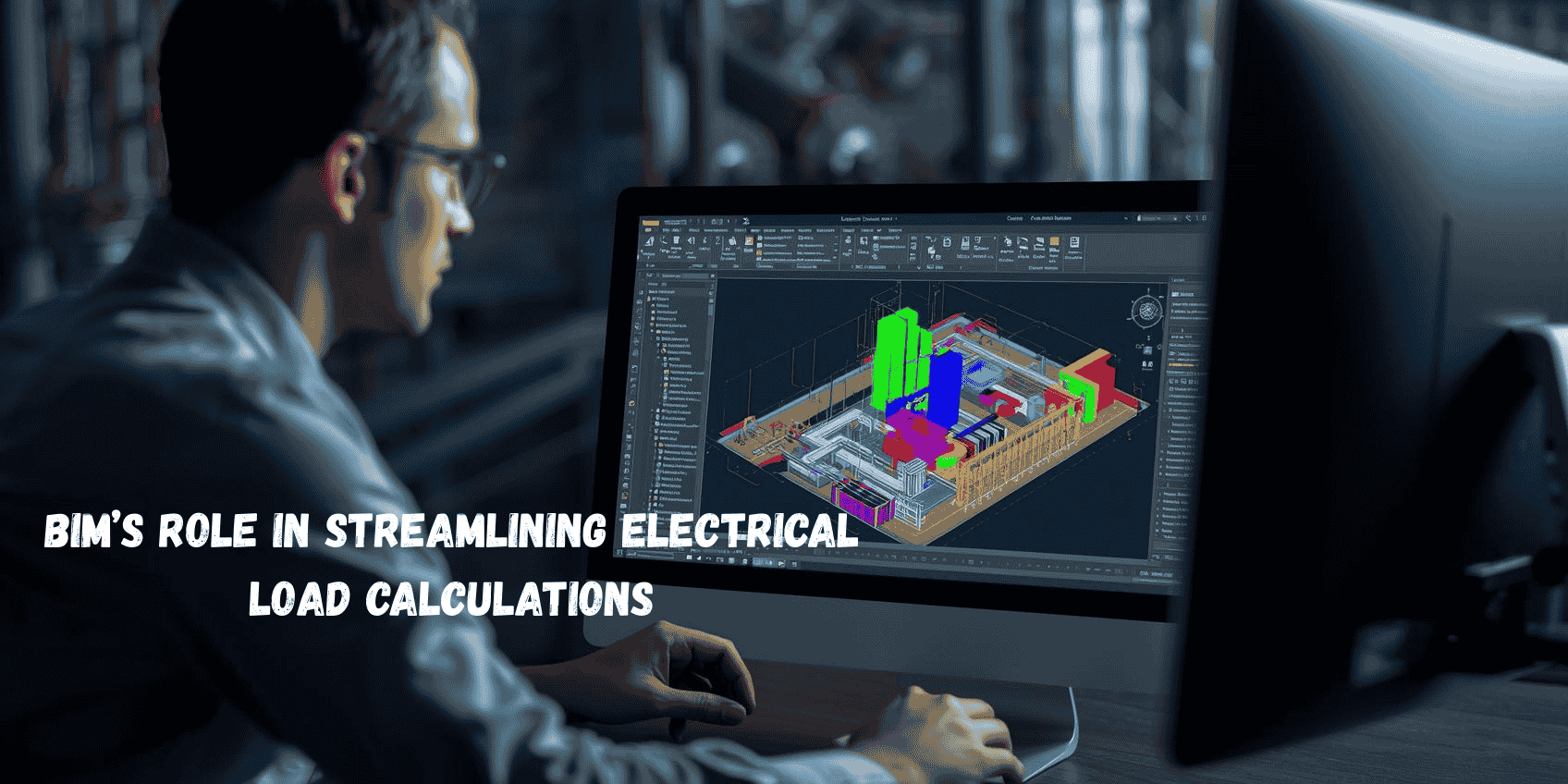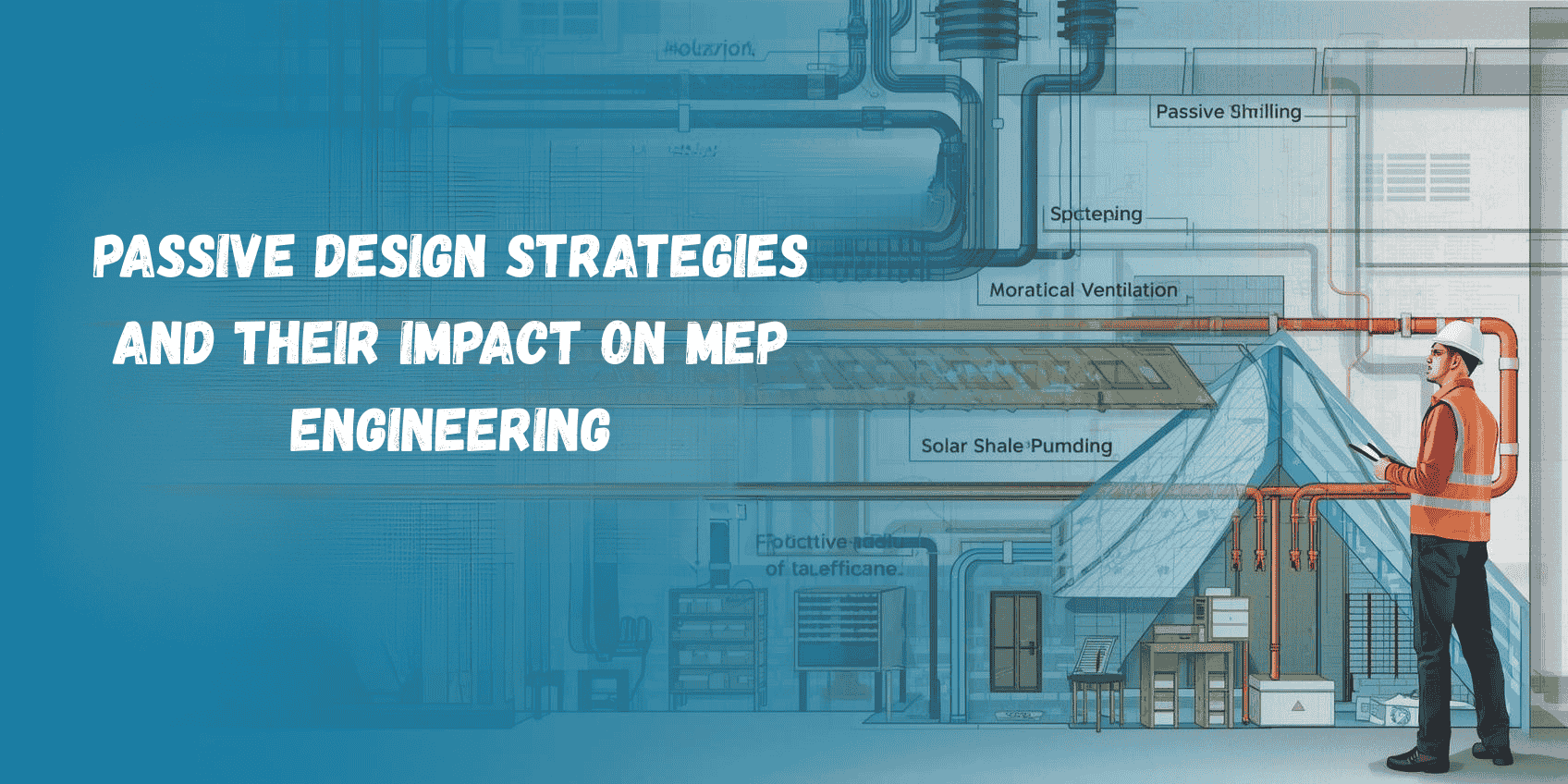
The MEP industry today is navigating a perfect storm of complex design requirements, tighter regulations, fast-track timelines, and the ever-pressing need for sustainability. Add to that the expectations for real-time collaboration and seamless MEP in architecture, and you have a challenging mix. These hurdles are not just technical; they are about communication, compliance, and staying ahead of the curve.
Whether you are working on new builds or retrofitting older facilities, challenges are unavoidable. Think design integration, evolving codes, limited budgets, and tight site access windows. Then there is the demand for aesthetic integration, all while ensuring performance and safety. Without proper coordination, errors in MEP drawings or clashes during execution can snowball into costly delays.
Tools like Revit MEP, MEP BIM modelling, and cloud-based collaboration tools are helping engineers resolve clashes, streamline communication, and make better decisions faster. In this blog, we will walk you through the top 10 MEP engineering challenges faced today, and how smart planning, modern technology, and upskilling can help you conquer them. Whether you are an experienced professional or just entering the world of MEP jobs, this guide is your roadmap to staying ahead in a demanding yet rewarding industry.
Why Is MEP Engineering Becoming More Complex in 2025?
In 2025, buildings are not just functional—they are connected, sustainable, and intelligent. This evolution demands more from MEP engineering than ever before. The increasing need for energy-efficient solutions, smart control systems, and regulatory compliance means engineers are no longer just designers, they are problem-solvers, collaborators, and tech-savvy innovators.
With the rise of MEP in architecture, the lines between disciplines are blurring. Engineers are expected to think like architects, incorporate aesthetics, and coordinate seamlessly with structural teams. The growing use of tools like Revit MEP software and BIM MEP services has introduced precision and automation, but also raised the bar for technical expertise. And, of course, the demand for quality MEP drawings, delivered faster and within budget, continues to climb.
What Are the Top 10 Challenges Faced by MEP Engineers Today?

1. Coordination Issues
Challenge: Poor alignment between trades can lead to design clashes, delays, and costly rework.
Solution:
- Use BIM MEP modeling for accurate 3D clash detection and system integration.
- Improve cross-team interaction through digital collaboration tools.
- Adopt prefabrication techniques to streamline MEP works in construction.
2. Building Codes and Regulations
Challenge: Staying up to date with local building codes while designing sustainable, performance-driven systems.
Solution:
- Integrate BIM software early for precise documentation and code compliance.
- Involve MEP engineers in early planning phases to anticipate compliance roadblocks.
3. Budget Constraints
Challenge: Quality systems often come at a high price. Balancing performance with financial restrictions is tricky.
Solution:
- Use MEP software for accurate cost estimation and material planning.
- Apply value engineering to reduce costs without compromising system efficiency.
4. Rapidly Advancing Technology
Challenge: Engineers must continuously learn new tools, standards, and practices to stay competitive.
Solution:
- Stay current with training in tools like Revit MEP software and MEP design software.
- Use platforms like BIM MEP services to trial new methods before implementation.
5. Skilled Labour Shortage
Challenge: The industry faces a notable gap in qualified candidates for MEP engineer jobs.
Solution:
- Upskill internal teams through structured training and mentorship.
- Simplify workflows using BIM MEP modelling, reducing reliance on niche skill sets.
6. Material Waste
Challenge: Excess materials increase costs and environmental impact, a major issue on large-scale MEP projects.
Solution:
- Leverage MEP design tools to estimate material quantities accurately.
- Prefabricate components off-site to reduce onsite waste and installation errors.
7. Safety Risks
Challenge: From electric shock to hazardous materials, MEP infrastructure work poses serious risks.
Solution:
- Conduct comprehensive safety training for all personnel.
- Use BIM software to simulate scenarios and design safety-first systems.
8. Complex Coordination in Existing Spaces
Challenge: Retrofitting MEP systems in old buildings with outdated layouts can be daunting.
Solution:
- Perform thorough inspections and surveys before design begins.
- Model legacy infrastructure using Revit MEP for seamless upgrade integration.
9. Balancing Systems with Brand Aesthetics
Challenge: Functional designs must also align with the brand image and architectural intent.
Solution:
- Employ strong collaboration skills between engineers and designers.
- Use BIM software visualisations to assess system impact on interiors and facades.
10. Tight Deadlines and After-Hours Access
Challenge: Limited access to worksites or condensed schedules can derail a project.
Solution:
- Use digital scheduling through collaboration tools to plan shifts and tasks.
- Employ BIM MEP services to accelerate coordination and design delivery.
How Can BIM and Digital Collaboration Improve MEP Coordination?
The days of disjointed communication and manual clash resolution are behind us. Today, BIM software and tools like Revit MEP revolutionise how teams work together. Through shared models, multiple disciplines can collaborate, adjust, and approve in real time. No more guesswork, just streamlined design integration.
BIM MEP modelling also enables simulation of thermal, electrical, and fluid systems before installation. This predictive power prevents costly on-site surprises. Moreover, cloud-based collaboration tools ensure teams in different locations can work simultaneously, boosting productivity and clarity.
Such digital transformation is not just convenient, it is essential for delivering large-scale, complex MEP projects on time and within budget.
What Role Does Upskilling and Training Play in Future-Proofing MEP Engineers?
As technologies evolve, so must the people using them. To remain competitive in the MEP industry, professionals must embrace lifelong learning, especially in MEP design, digital workflows, and integrated project delivery.
Enter Novatr, a cutting-edge learning platform designed to equip professionals with real-world expertise in MEP engineering. Here is what makes Novatr stand out:
-
Project-based learning focused on real, modern MEP infrastructure.
-
Hands-on mastery of industry-leading tools like Revit MEP, MEP software, and BIM MEP services.
-
Global mentors who guide students on complex MEP projects and teach relevant collaboration skills.
-
Exposure to the intersection of MEP in architecture, sustainability, and smart systems.
Whether you are a junior designer or a seasoned MEP engineer, Novatr’s offerings give you the edge needed to land premium MEP jobs and lead innovation in the field.
Conclusion
It is clear that MEP engineering challenges are increasing in both number and complexity. But thanks to digital innovation, smart training, and collaborative work environments, these challenges are far from insurmountable. From using BIM software for accurate planning to embracing MEP BIM modelling for clash-free execution, the solutions are well within reach. Engineers who upgrade their skills, adopt technologies like Revit MEP, and collaborate effectively are shaping the future of MEP construction management.
We recommend that you go through BIM Professional Program for MEP Engineers by Novatr if you wish to study it and set yourself up for professional success. By focusing on practical, tech-led learning, they ensure that the next generation of MEP engineers are fully equipped to transform how MEP works in construction. So if you are ready to overcome the biggest hurdles in your career, now is the time to adapt, upskill, and lead.
Check out our resource page for more insights and further references.
Was this content helpful to you



.jpeg)
.png)


